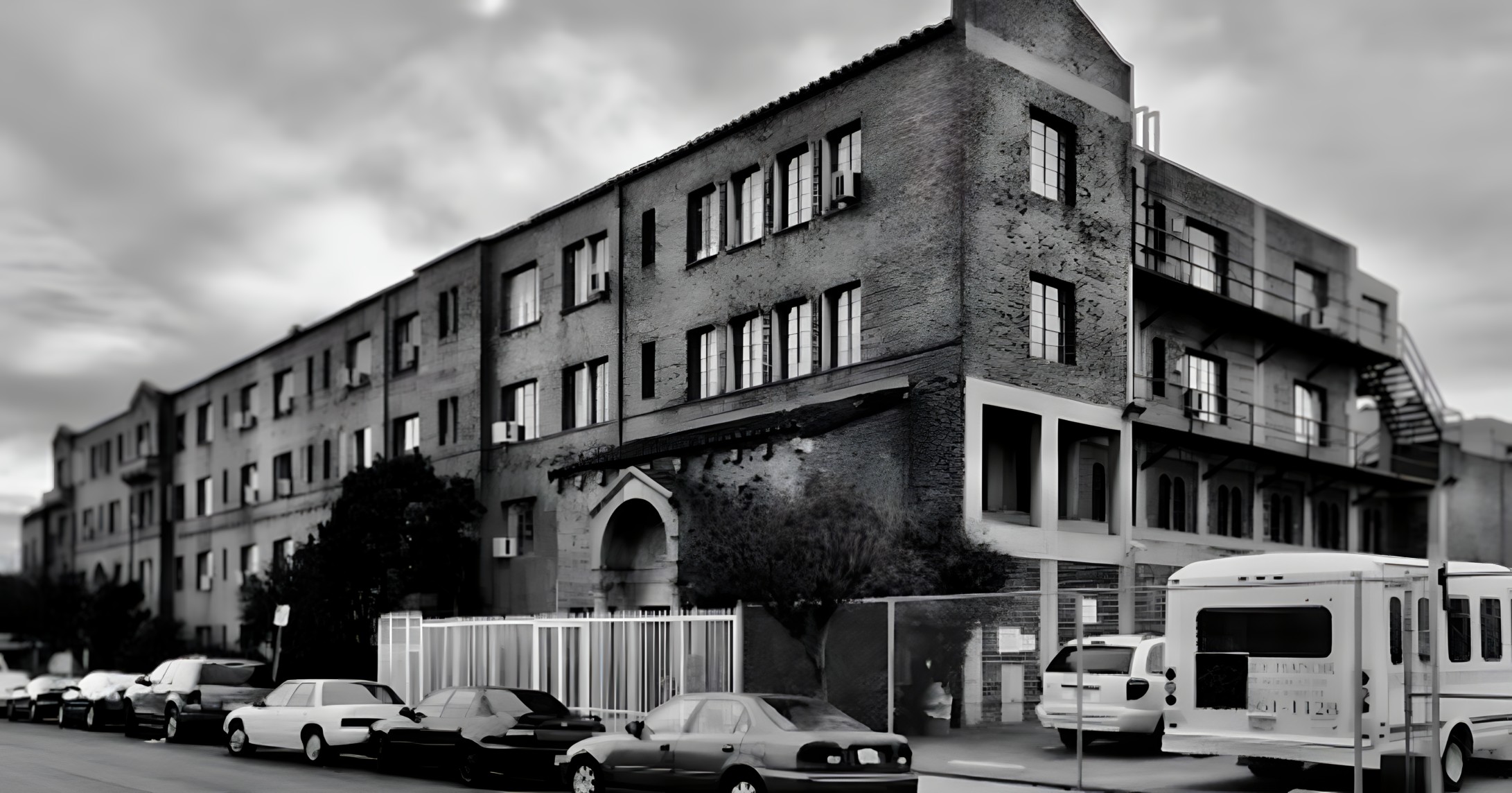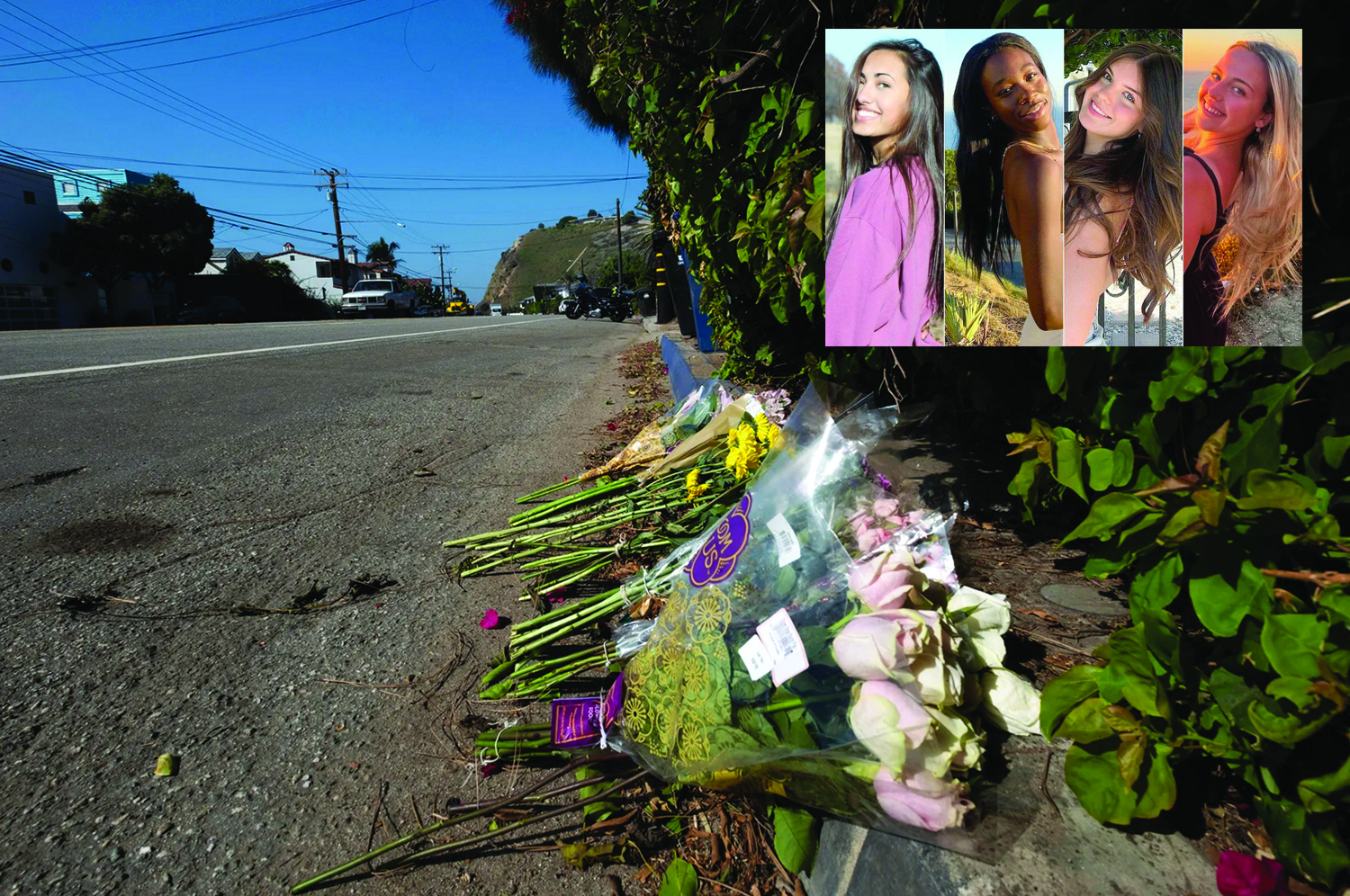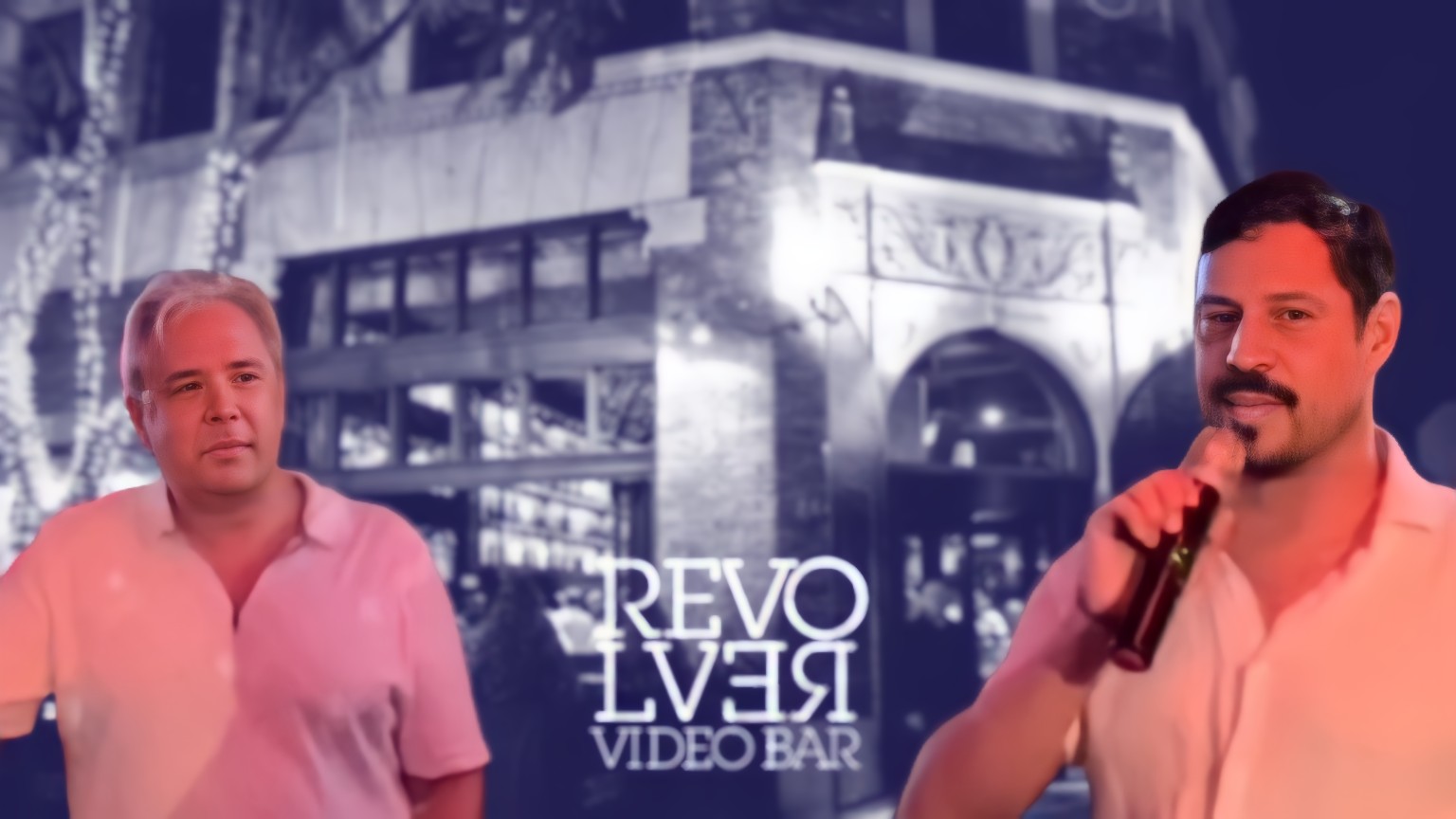By Stephen Wyer
Contributing Writer
LOS ANGELES — Nonprofit organizations are stepping up efforts to encourage Latinos to vote Nov. 3
Latinos make up the largest ethnic group in California, with a population of 15.6 million, according to recent U.S. Census estimates. Yet they comprise only one quarter of the state’s registered voters and Latinos only made up 21% of all voters in the 2018 midterm election.
Latinos turn out to vote in lower numbers both because they often lack information about the electoral process and because political campaigns do not reach out to them, said Mindy Romero, a USC political sociologist.
“Campaigns use likely voter models to decide who to reach out to,” Romero said. “Latinos aren’t seen as likely voters or a good investment of campaign dollars and so it turns into this vicious cycle because as a result, Latinos are going to have a lower turnout once again.”
But this November, nonprofit organizations such as AltaMed are aiming to break the cycle by reaching out directly to Latino communities throughout Los Angeles.
AltaMed is an independent federally qualified community health center that serves residents at clinics throughout Southern California. In 2015, the organization took advantage of its role as a trusted community-based organization to launch My Vote My Health, a campaign aimed at encouraging low-propensity voters (those considered less likely to vote) to come to the polls.
The campaign’s multipronged strategy for reaching Latino voters includes mass phone call campaigns to eligible voters, door knocking, and even arranging transportation for voters who have trouble getting to the polls, said Eduardo Cisneros, the director of civic engagement at AltaMed.
AltaMed’s volunteers explain important issues at play in elections to voters and answer questions about local campaigns and relevant propositions. Volunteers also walk voters through important updates to the electoral process, such as the county’s new touch-screen voting devices and the new 10-day window for in-person voting in California, Cisneros said.
“We knock on doors in southeast L.A. [County] and East L.A. and you have folks who didn’t even know that an election was happening,” he said. “It goes to show how much this work is needed in terms of targeted outreach that just isn’t being done otherwise; you have a ton of registered voters in these areas but they just aren’t voting.”
Another organization stepping up outreach to Latino voters has been the Coalition for Humane Immigrant Rights (CHIRLA), a California nonprofit that started out providing legal assistance to immigrants.
Since 2004, CHIRLA has stepped up its voter mobilization efforts by reaching out to infrequent Latino voters through phone calls, in-person visits and even handwritten letters, said Karen Diaz, the electoral field manager for the organization.
Diaz emphasized that CHIRLA has adjusted its voter mobilization efforts for November in light of the COVID-19 pandemic, with a shift towards contacting voters virtually and over the phone.
“We don’t want to jeopardize the health of our community members so we’re thinking about integrated voter engagement through a variety of tools; talking to friends and family, texting eligible voters directly, writing handwritten letters and passing those letters around neighborhoods while having deep conversations with community members,” Diaz said.
CHIRLA also educates Latino voters about the electoral process through community events. Last October, CHIRLA volunteers gave rides to community members from South L.A., East L.A., and other locales to a mock election put on by the Los Angeles County Registrar-Recorder’s Office. Voters were given information about how to use new voting machines, as well as what the extended 10-day voting period would mean.
The results of CHIRLA’s outreach have been striking; the organization now reaches over 200,000 voters in an election year, mostly in Los Angeles, Diaz said.
“You have to break the process down to community members in ways and language that is accessible,” she said.
“I’ve seen an increase in voting in areas like Huntington Park; the single biggest difference to them that made them go out to vote was getting a phone call; it wasn’t what they saw on TV or heard on the radio, it was a call from a trusted organization in their language,” Diaz added.
Like CHIRLA, AltaMed has also seen tangible success in reaching Latino voters. A study by UCLA’s Latino Policy and Politics Initiative found that the number of voters increased by 138% between the 2014 and 2018 primary elections, in areas where AltaMed conducted vote mobilization efforts.
In some neighborhoods with especially strong Latino communities, such as Huntington Park, Boyle Heights, and South Los Angeles, the number of votes cast in the same period rose by as much as 432%, the study found.
Romero said that AltaMed’s success in mobilizing voters stems in large part from their established role in Latino communities as a trusted health care provider.
“What’s interesting about AltaMed is that they’re connecting an issue that people care about — their health — to voting, they’re catching people where they’re at. In a doctor’s office or clinic, people are thinking about their health and then they connect that to voting. We need more efforts that can do that — that can connect people to issues they care about,” Romero said.
With the COVID-19 pandemic having a devastating impact on the Latino community, this election year is of particular significance for Latino voters being civically engaged, Romero added.
“Right now obviously the economic disaster with COVID-19 is incredibly acute and it’s disproportionately impacting Latinos and other groups of color,” Romero said.
“By voting more and having greater representation, Latinos can help demand through those they select greater accountability as well as better quality of life for their communities,” she added.












